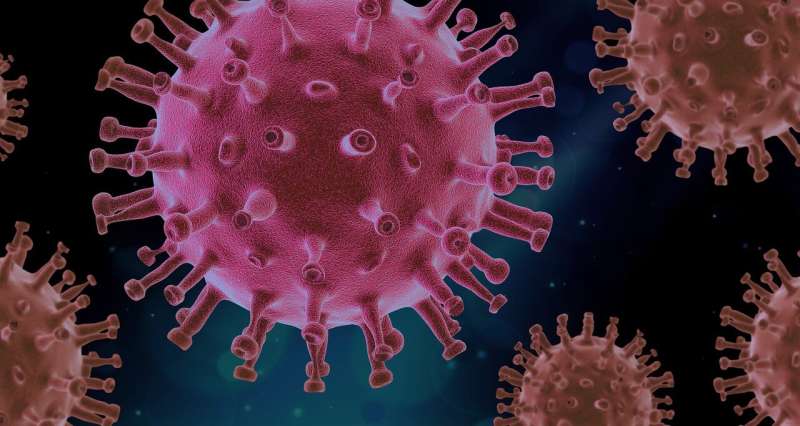Looking beyond the numbers to see pandemics effect on nursing home residents

Nursing homes throughout the United States have been devastated by the COVID-19 pandemic with many perceptions and misperceptions but little documentation about what has happened on a day-by-day basis to residents in these facilities. A study from Regenstrief Institute and Indiana University School of Medicine research scientists is one of the first to describe and identify patterns in the course of COVID-19 in the typically frail individuals who reside in nursing homes.
Much has been written about number of deaths, vaccine uptake and other topics related to the impact of COVID on nursing homes, yet prior to the Regenstrief-IU School of Medicine study, there has been little known about how the disease has clinically affected individuals residing in nursing homes. A full understanding of the disease burden and trajectories of COVID-19 in nursing home residents—those who died and those who survived COVID—will aid medical and public health professionals immediately, will help them prepare for outbreaks of variants and may inform efforts to confront outbreaks of other diseases.
“When the COVID outbreak occurred, we [physicians who care for nursing home residents] didn’t know, because we weren’t armed with knowledge or clinical experience, what to expect—who would do well and who wouldn’t,” said Regenstrief Institute Research Scientist Kathleen Unroe, M.D., senior author of the study. “This is a population that by their very need to reside in a nursing home, has complex medical conditions and is at high risk. And it’s a different population than younger adults. For example, some older adults may not experience fever in response to infection; persons with dementia may be unable to report symptoms.”
The researchers studied the electronic medical records (EMRs) of 74 nursing home residents infected with COVID of whom half were women, 57 percent were Caucasian and 43 percent were African American. One third (25) died; with 23 of the deaths considered related to COVID-19 infection. Hypertension was the most common comorbidity (81 percent) followed by dementia (51 percent), diabetes (50 percent) and non-dementia mental illness (43 percent). The most common symptoms were fever, hypoxia (low oxygen level in the blood), anorexia, and fatigue/malaise. None reported headaches. The duration of symptoms was extended, with an average of more than three weeks.
The 74 nursing home residents with COVID-19 infection appeared to fall into four disease trajectory categories:
- minimal to no symptoms (17)
- residents who survived but experienced significant symptoms (32),
- residents who died after a rapidly progressive course (less than seven days) (5)
- residents who died after a prolonged course with significant symptom burden (20)
Source: Read Full Article



